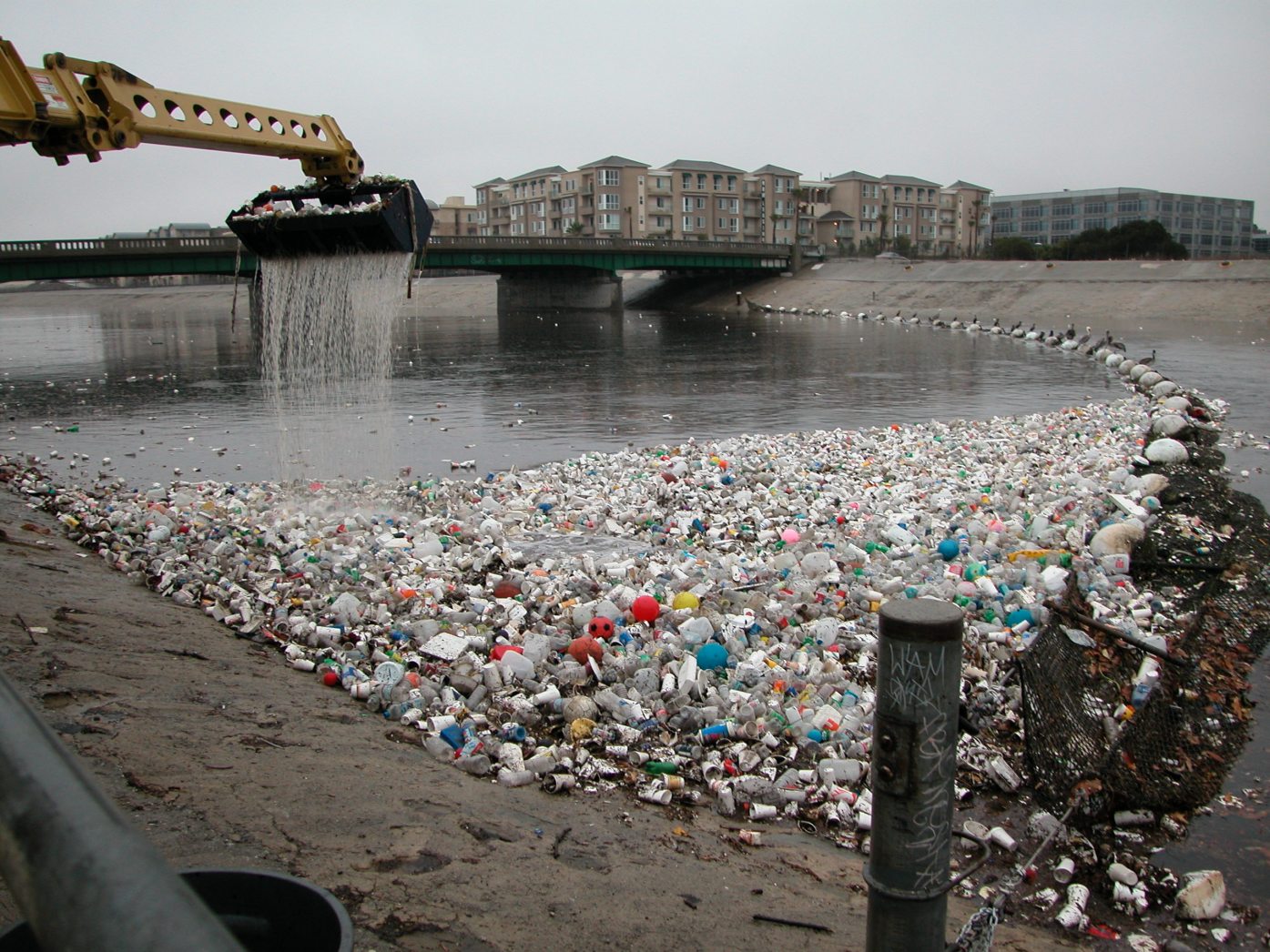Introduction:
As the summer season approaches, Italy’s coastline attracts tourists from all corners of the world, drawn by the allure of pristine beaches and turquoise waters. However, the popularity of Italy’s largest islands, Sicily and Sardinia, has come at a cost to the local environment. Issues such as excessive trash and sand theft have posed significant challenges. In an effort to preserve the natural beauty of these coastal areas, local authorities are implementing strict daily visitor limits. This article examines the measures being taken to protect Italy’s beaches, the underlying issues, and the implications for sustainable tourism.
Environmental Challenges and Visitor Limits:
The idyllic islands of Sicily and Sardinia have faced environmental degradation due to the overwhelming number of tourists. In response, local authorities are imposing strict daily visitor limits on some of the most renowned beaches. Baunei, a small village in eastern Sardinia, has experienced overcrowding in previous years. To address this issue, the number of visitors allowed at beaches such as Cala dei Gabbiani, Cala Biriala, Cala Goloritze, and Cala Mariolu is now limited. Beachgoers must book their spots through a designated app, with entrance fees charged to fund surveillance, parking areas, and beach maintenance.

Preserving Fragile Ecosystems:
The mayor of Baunei, Stefano Monni, emphasizes the need to protect the local environment, which is home to protected animal and bird species. Excessive tourist numbers have strained the delicate ecosystems, prompting the implementation of visitor caps. Cala Mariolu, in particular, has witnessed overwhelming crowds of up to 2,000 tourists per day. By enforcing limits, authorities aim to prevent further damage to the region’s natural habitat and mitigate the risks of sand erosion and littering.
Regulating Tourism Activities:
Apart from visitor limits, additional measures are being introduced to regulate tourist behavior. In Stintino, a fishing village in northern Sardinia, authorities are focusing on safeguarding La Pelosa, a popular pink coral beach. The implementation of a daily visitor cap and the prohibition of certain activities such as using beach towels aim to preserve the sand dunes and maintain cleanliness. Similar measures are being enforced at nearby Le Saline beach, where wild camping and indiscriminate parking are no longer allowed to protect the area’s biodiversity.

Balancing Economic Interests and Environmental Preservation:
The decision to limit tourist numbers poses challenges for local economies heavily reliant on tourism. However, authorities recognize the importance of striking a balance between economic interests and the preservation of natural resources. In Lampedusa, one of the Pelagie Islands, restrictions have been placed on visitor numbers at Isola dei Conigli beach, renowned for its pristine waters and status as an egg-laying site for loggerhead turtles. A cap on arrivals and the enforcement of a beach code help prevent overcrowding and protect the fragile ecosystem.
The Path Forward:
As Italy grapples with the challenges of sustainable tourism, further steps may be required to maintain a delicate balance. Initiatives such as the potential listing of Isola dei Conigli as a protected marine park and the implementation of bans on cars and scooters during peak seasons indicate a commitment to preserving the environment. These measures, coupled with awareness campaigns and responsible tourist behavior, can contribute to the long-term sustainability of Italy’s coastal regions.
Conclusion:
Italy’s pristine beaches and coastal regions attract millions of tourists each year, highlighting the need for careful management to protect these valuable natural resources. Through the implementation of visitor limits, restrictions on certain activities, and the promotion of responsible tourism practices, local authorities aim to strike a balance between the economic benefits of tourism and the preservation of fragile ecosystems. These measures provide hope for the sustainable future of Italy’s coastal areas, ensuring that future generations can continue to enjoy the country’s breathtaking beaches while safeguarding the environment.
©world-news.biz
